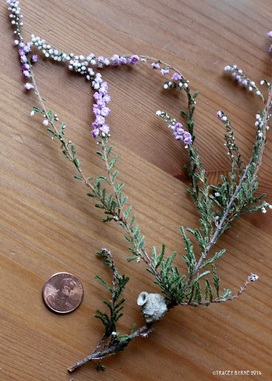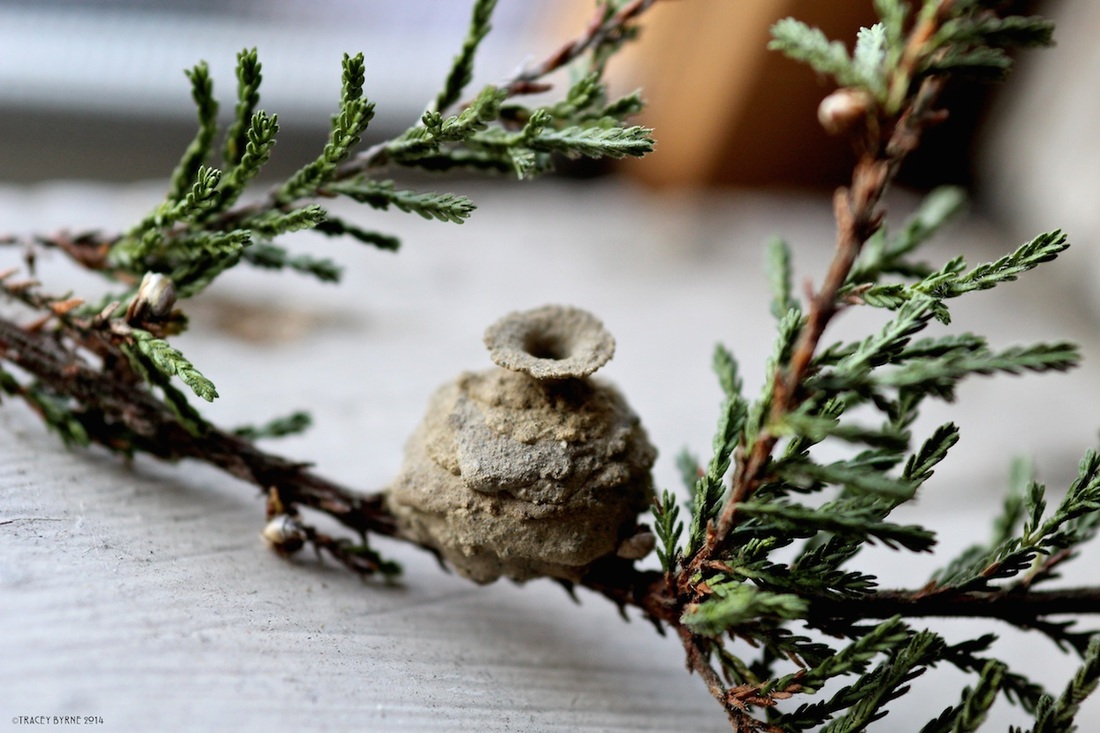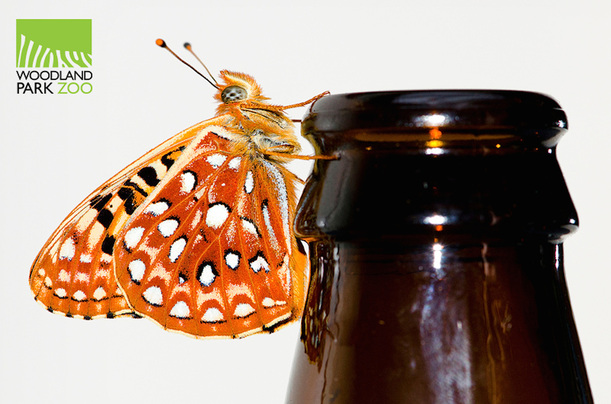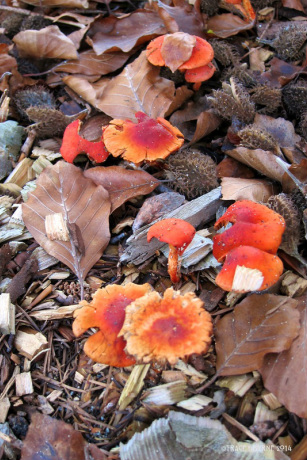
Wondering who might be the artist, I googled "insects that build tiny clay pots" and BOOM! Another blogger with a similar story and photos of the adult insect.
Not so strangely, the insect is called the Potter Wasp and it is a more skilled artisan than its larger relative the Mud Dauber. The Potter Wasp is a vespid and is considered a beneficial insect, as it hunts caterpillars which it paralyzes and seals inside the pot with an egg.
My little pot is not sealed, so I am guessing that the wasp was interrupted in its endeavor. The Bug Guy has more on the unsavory habits of the Potter Wasp in his bug-of-the-week post "Scary Potter".




 RSS Feed
RSS Feed
